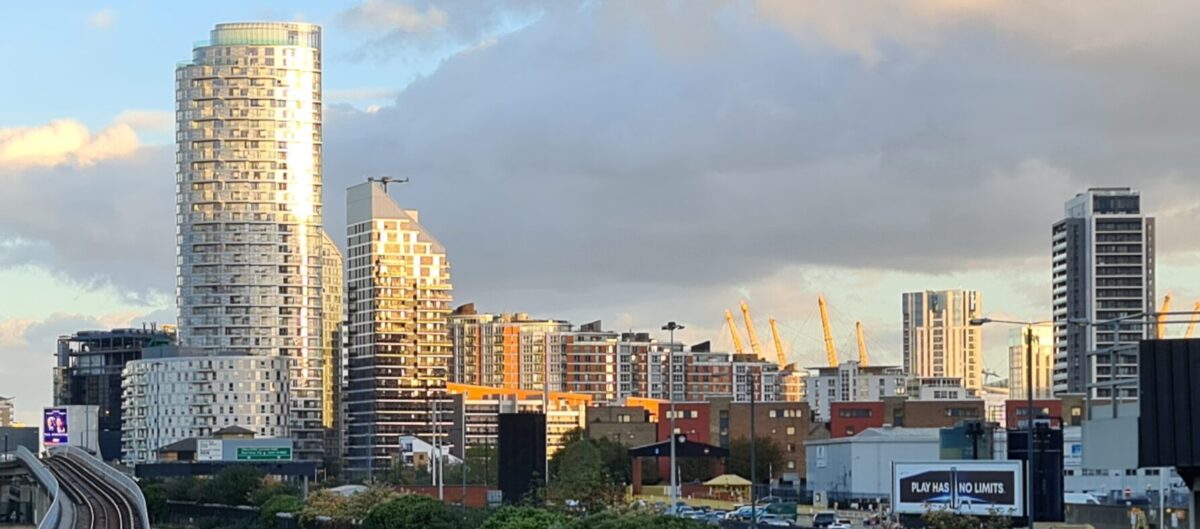With an average deposit of £21,000 required, the Government’s much heralded ‘First Homes’ will remain beyond the reach of a large number of aspiring homeowners. This includes the 61% of private renters who have no savings at all, those who are unable to rely on the bank of mum and dad and a high percentage of key workers whose incomes are not high enough to enable them to save.
To truly widen access to home ownership we must address the deposit barrier. Only then will we be able to open the housing ladder to those on lower incomes. The Government has proposed that a quarter of all new affordable homes will be First Homes: homes for first-time buyers sold at a discount of at least 30% of market value. Whilst the lower price will no doubt make these homes more affordable to some, there will remain a significant portion of aspiring homeowners for whom they will still be out of reach because they simply cannot raise the amount required for a deposit.
Based on the average price paid by a first-time buyer, even after the 30% discount a buyer under ‘First Homes’ would need to have saved £14,000 for a 10% deposit. With lenders dramatically reducing the number of mortgages available to buyers with small deposits it is now more realistic for a deposit of 15% or 20% to be required. This equates to £21,000 or £28,000 respectively, plus legal fees and moving costs. Factor in that just 10% of private renters aged 16-34 have savings of between £5,000 and £15,999 and this keeps the dream of home ownership beyond the reach of all but a small minority of young renters.
It’s not just the deposit which is a barrier but also the income needed for a mortgage. Lenders will generally offer four and a half times a buyer’s salary. Based on an average First Homes house costing £140,000, if the buyer did manage to save a 10% deposit they would need a mortgage of £126,000. This would require them to have a salary of £28,000. However, a newly qualified nurse starts on a salary of less than £25,000 and it would take 6-7 years’ experience until they had reached this salary threshold. What about the key workers in the care and retail sectors who have kept the country going through the pandemic on a minimum wage?
There is a home ownership model which provides a solution to these barriers. ‘Affordable rent to buy’ helps tenants to save up to buy the home they are renting. It is different from other rent to buy schemes as the tenants benefit from an affordable rent for a much longer period of up to 20 years compared to just 5, and when they are ready to buy they receive a gifted, 10% deposit which they do not have to repay.
The model does not require buyers to provide any upfront deposit to access the scheme. Instead, they undergo a financial assessment which looks at whether they will be likely to be able to buy in up to 20 years’ time. For example, for a newly qualified nurse the provider would see that within 10 years she or he would be able to afford the mortgage so they would be eligible for the scheme, even though they couldn’t afford a mortgage or deposit now. Based on their finances, they will choose to aim to buy at year 5, 10, 15 or 20. Rather than having to remain in private rented accommodation up until this time, the nurse would live in the home they know they will one day own and pay 80% market rent helping to save more each month towards a deposit with a long-term, secure tenancy.
A number of local authorities have already adopted the model. As well as helping more people onto the housing ladder, they are experiencing the model’s wider benefits including that it houses many families from the housing waiting list. 17% of the families benefitting from the scheme come from social rented homes that they no longer require freeing these up for those in greatest need. On top of this, the model is fully funded by pension funds and institutional investment so not using up any of the grant funding local authorities access from the Affordable Homes Programme to deliver homes for social rent.
To truly help level up home ownership, the Government should ensure that models which more effectively address the barriers to home ownership are included alongside First Homes. This will encourage local authorities to consider adopting innovative models like this to address their local housing need and help make home-ownership a reality for many who otherwise can only dream of it.


One reply on “Deposit Barrier Must be Addressed to Widen Access to Home Ownership”
‘Affordable rent to buy’ might suit the ‘custom-splitting’ that would be a way of scaling residential sub-divisions through partnering those wanting to create their own home with owners with space to spare they would be wiling to share – a process of downsizing in place. The income from rent could be more useful than a lump sum in some equity release to the newcomer. Sub-divisions including energy efficiency improvements might be the only way of meeting housing needs within carbon budgets so that the space being heated and insulated is actually being used.